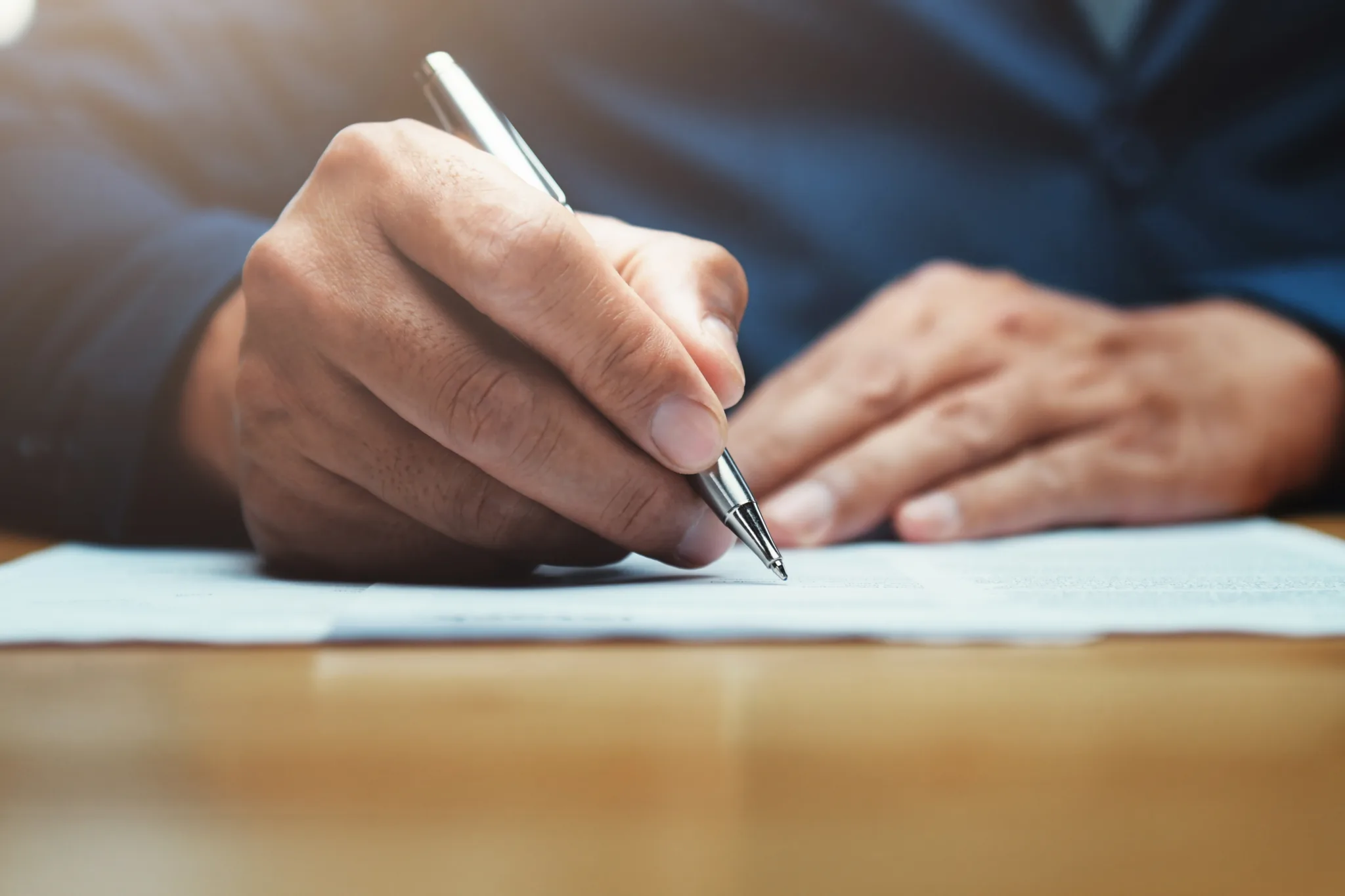When do you need to bring a copyright infringement claim before you lose the right? Under the U.S. Code, the copyright infringement statute of limitations is three years. So, you have to bring a claim within three years. Within three years of what?
The usual answer is within three years of the infringement. Yet, under the Supreme Court’s May 2024 case Warner Chappell Music v. Nealy, if you bring a claim within three years of discovering the infringement, you may be able to recover damages dating back to the initial infringement. Following Nealy, copyright holders seem to have a green light based on the so-called “discovery rule” to file infringement claims.
What Is the Discovery Rule?
Older infringement claims may be more viable post-Nealy based on the “discovery rule.” The rule is a judicially created legal doctrine that determines when the hypothetical clock on your right to file a legal claim starts ticking.
Think of statutes of limitations as creating windows of time during which you have a right to sue. This limitations window typically opens when a cause of action—a legal claim—accrues. The discovery rule turns on what it means for a claim to “accrue.”
Injury-Based Claim Accrual
A legal claim typically accrues when an injury—i.e., a harm you are entitled to sue over—occurs. This type of accrual follows the injury rule. Under the injury rule, you can theoretically sue someone who harms you as soon as the day the harm occurs.
The window for filing your claim lasts as long as the statute of limitations says it does. For copyright claims, you have three years from the date of infringement to file.
Discovery-Based Claim Accrual
Under the discovery rule, a claim accrues when you discover or should have discovered that legally actionable harm occurred. In legal terms, the discovery rule “tolls” or pauses the statute of limitations. In other words, this rule delays when the window for filing a lawsuit opens. When the rule applies, the statute of limitations window opens from the date of discovery and runs for three years.
Medical malpractice cases offer a straightforward example. Assume someone was exposed to toxic chemicals at their workplace. Decades later, they develop cancer related to the exposure. The injury occurred when the person was exposed, but they could not have discovered it until much later. In the context of copyright infringement, this can happen when you hear –for the first time – a song on TikTok that you worked on in the studio many years ago.
“Should Have” Discovered
The discovery rule can be simple if you genuinely could not have discovered the injury immediately. However, few cases are quite that straightforward. The rule tolls the limitations window until you discover or should have discovered the harm. This should-have limitation may play a significant role in copyright infringement cases post-Nealy.
The should-have limitation imposes an obligation on the person filing the lawsuit (the plaintiff) to be reasonably diligent. The should-have rule asks: Would a reasonable person in the plaintiff’s position have discovered the injury? To resolve the question, you can consider circumstances like the plaintiff’s knowledge, resources, industry, and other relevant factors.
If a reasonable person would have discovered the injury, the statute of limitations window opens when the plaintiff should have discovered the harm, regardless of the actual discovery date. As a result, plaintiffs cannot bury their heads in the sand and sue outside the limitations window just because they did not actually discover the harm.
Warner Chappell Music v. Nealy
Although the Nealy case did not directly address whether to toll the statute of limitations in copyright infringement claims, it implicitly endorsed the discovery rule. While resolving a related question, the Court assumed the discovery rule would apply. The case inherently created a uniform, nationwide standard suggesting the discovery rule is the law of the land regarding copyright infringement claims.
Petrella v. Metro-Goldwyn-Mayer, Inc.
In Petrella v. Metro-Goldwyn-Mayer, Inc., the Supreme Court addressed the applicability of “laches” to copyright infringement claims. Laches is a legal doctrine prohibiting a plaintiff from unreasonably delaying a lawsuit. In this case, the plaintiff requested damages related only to violations within the three years before she filed.
The Supreme Court concluded she could recover those damages based on the “separate-accrual” rule. Under that rule, a new limitations window opens with each particular instance of infringement. The Court concluded that the plaintiff’s claim should be allowed despite her having actual knowledge of the infringement for several years before she filed her lawsuit.
Nealy’s Holding
Nealy is consistent with the Ninth Circuit’s interpretation of the copyright statute of limitations but contrary to a Second Circuit case. In Sohm v. Scholastic Inc., the Second Circuit joined several other circuits in concluding that the discovery rule applied to copyright infringement claims. Unlike the Ninth Circuit, the Second Circuit concluded Petrella limited how much the plaintiff could recover in damages to the three-year statute of limitations period. Nealy overturned Sohm.
In Nealy, the Supreme Court assumed the discovery rule applied to copyright infringement and decided the case without considering whether the rule was appropriate. The Court concluded recoverable damages in valid discovery rule claims could go back to the initial infringement, even if it was outside the three-year limitation period.
Nealy Dissent
Nealy split the justices 6-3. Justice Gorsuch’s dissent stated that the Court should have dismissed the case and taken one that was more on point regarding the discovery rule. At the time, the Court was considering taking a Fifth Circuit case that directly addressed whether the discovery rule applied to copyright infringement claims, Hearst Newspapers, LLC v. Martinelli. However, on May 20, 2024, the Court voted not to take Martinelli.
Nealy and the Discovery Rule
Nealy, combined with the Court declining Martinelli, looks to many like the Supreme Court’s endorsement of the discovery rule in copyright infringement cases. Seeing this tacit approval, many copyright holders see an opportunity to bring infringement claims outside the three-year limitations period. Since Nealy was decided in May 2024, plaintiffs have filed over 250 new infringement claims (according to data from the research firm Lex Machina).
In effect, Nealy makes the discovery rule critical in deciding when to file based on actual discovery—i.e., when the plaintiff actually realized infringement occurred. Basing your claim on actual discovery is a common tactic when the discovery rule could apply. It often inspires defendants to raise a defense claiming the plaintiff should have discovered the infringement earlier.
As a result, the discovery rule’s should-have limitation may play a unique role in determining outcomes. For example, a plaintiff with fewer resources may have less reason to have discovered small-scale infringement. Yet, it may be reasonable to expect a plaintiff with more resources to identify small-scale violations sooner.
On the other hand, it may still be reasonable for a plaintiff with few resources to discover infringement by a prominent or well-known figure. For example, a court may conclude that a small artist claiming a famous musician infringed their copyright should have discovered the infringement when the music was released or when it became widely known or popular.
Post-Nealy Claims
How newly filed cases will play out has yet to be seen. Yet, even the potential of lawsuits outside of the three-year copyright infringement statute of limitations can change how copyright holders, infringers, and potential infringers act—especially when the claim involves a large corporation opposite an individual or small business.
Resources:
- Lex Machina, LexisNexus link.
- 17 U.S.C. § 507 (2018), link.
- Petrella v. Metro-Goldwyn-Mayer, Inc., 572 U.S. 663 (2014), link.
- Starz Entm’t, LLC v. MGM Domestic Television Distribution, LLC, 39 F.4th 1236 (9th Cir. 2022), link.
- Sohm v. Scholastic Inc., 959 F.3d 39 (2d Cir. 2020), link.
- Martinelli v. Hearst Newspapers, LLC, 65 F.4th 231 (5th Cir. 2023), link.
- Hearst Newspapers v. Martinelli, No. 23-474 (U.S. May. 20, 2024) (denying cert.), link.





